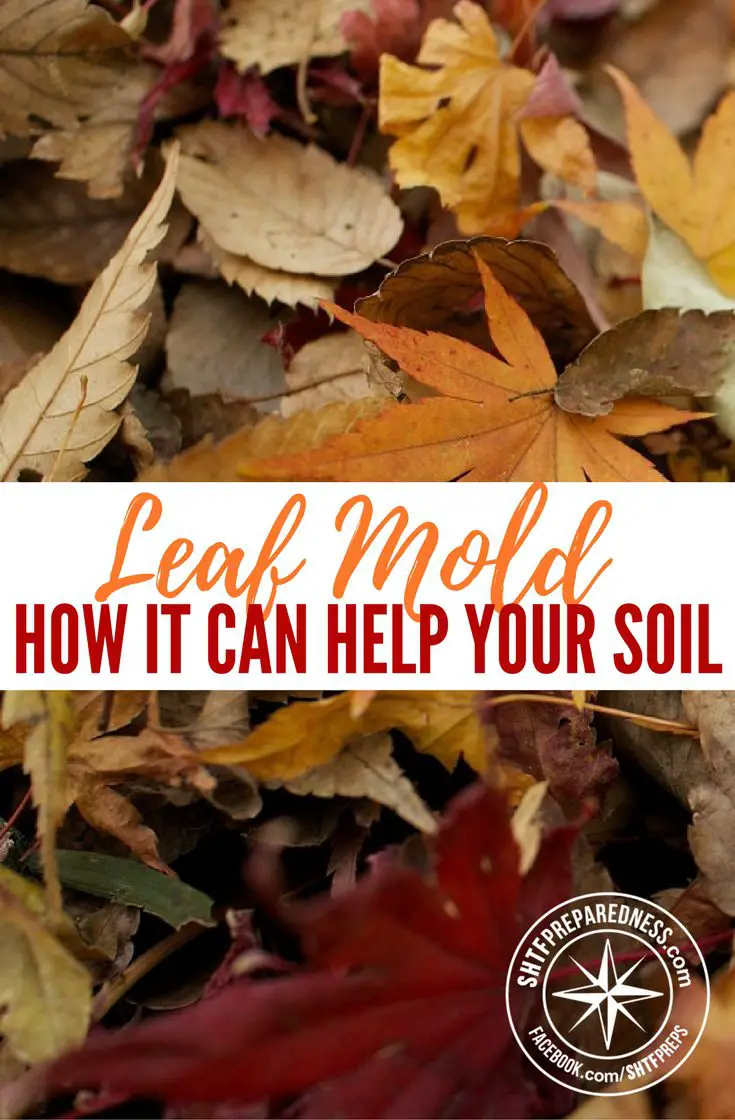SHTFPreparedness may collect a share of sales or other compensation from the links on this page.
Have you ever considered allowing your leaves to break down and become leaf mold?
Although it might sound funny, allowing your leaves to mold will ease them into becoming a wonderful rectification for soil.

Easily recognized as dilapidated leaves of brackish colors, leaf mold is your key to a costless and efficient softener for any type of dirt.
This method should not replace your regular fertilizers and compost. These help to provide the nutritional supplements that soil needs to prosper and survive. It is a fantastic addition to your raised bed.
Leaf mold can moisten and help retain necessary water. This will keep the ground hydrated and in great condition for farming and gardening, among other things.
Leaf Mold as an Ecosystem
Using the leaf mold method also contributes to retaining a successful and healthy environment for small insects that make their homes here, such as earthworms, as well as a variety of different salutary microorganisms, which in turn can help produce better crops and flowers.
Keep your soil contained in a nutrient-rich environment the free and easy way. You are not only promoting a wonderful manner of enrichment but also an eco-friendly system that will benefit you and the world around you.
Pile Location
As leaves decompose, they become acidic and will destroy your lawn if you keep the pile in your yard. Keep that in mind. These piles might be easy to rake up in the yard and leave in the middle, but they will destroy our lawn.
Leaves are best stored away from your lawn.
Look for a nice, desolate spot on your property and make a separate pile of leaves that will turn into leaf mold for your garden next year! It’s free, and it’s effective.
